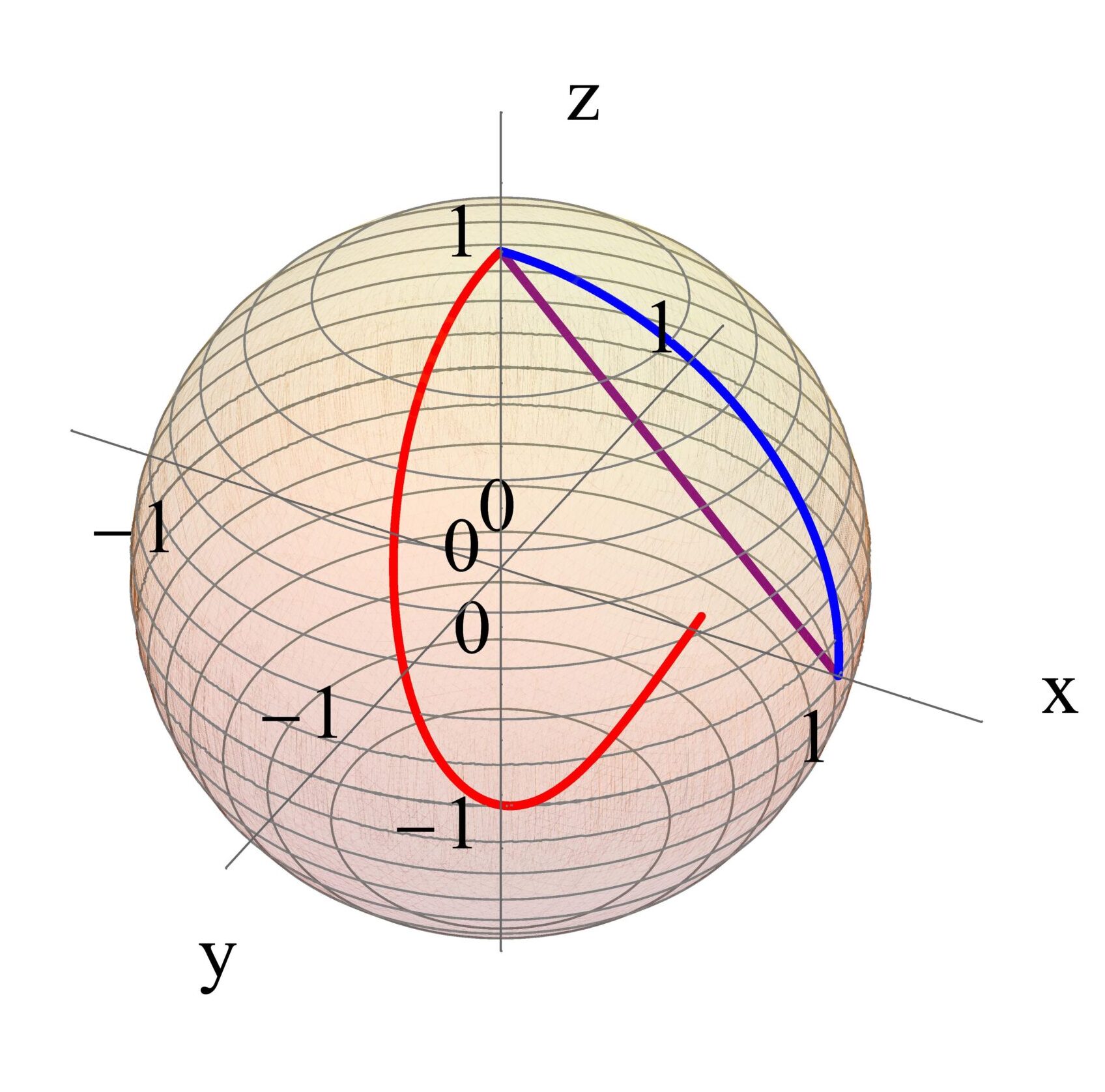
Synopsis:
The need to control the dynamics of physical systems permeates all areas of engineering and science. Especially in the development of quantum technologies it has been recognized that exploiting any quantum advantage will only be possible if undesired consequences of noise, such as environmental fluctuations or parasitic excitations, are mitigated or all-together suppressed. This has given rise to one of the most active fields of current research, dubbed shortcuts to adiabaticity (STA). In our research we have made significant contributions to this field, by generalizing the counterdiabatic approach to classical dynamics and other existing techniques, such as the fast-forward or time-rescaling, to dynamics beyond the Schrödinger equation.
Currently we are developing this research further in three distinct directions:
- In most existing approaches implementing effectively adiabatic control is either energetically or computationally expensive. Thus, we recognized that methods of thermodynamic control can be employed to facilitate effectively adiabatic dynamics. In this paradigm, the time-evolution of observables, i.e., of expectation values is described by perturbative means, such as linear response theory or adiabatic perturbation theory, and effectively adiabatic dynamics is determined by solving the appropriate optimal control problem.
- It has been recognized that shortcuts to adiabaticty can be more easily facilitated if one allows the quantum state to take a detour through neighboring spectra. Imagine a qubit that is implemented in a λ-system of a heavy ion, and that we want to control the energy splitting by applying a time-dependent electric field. If the system was initially prepared in the ground state, then as soon as the electric field is applied, the system will suffer from excitations. Such at system can “go through” neighboring electronic states, as long as the system returns to the ground state of the λ-system by the end of the process. In our research, we are developing a new approach to shortcuts to adiababticity for quantum open system dynamics. Such environment assisted shortcuts (EASTA) take the quantum states through through mixed states to reach their pure target.
- Achieving external control over the stochastic behavior of biological systems is a major challenge with great potential rewards—from therapies to combat drug resistance in the evolution of bacterial infections and tumors, to designing precisely tunable biochemical circuits for synthetic biology applications. Our research seeks to develop a new theoretical paradigm, quantum-inspired control of biophysical processes (QuICOB), which draws on the mathematical analogies between quantum mechanics and classical stochastic systems. Building on advances in shortcuts to adiabaticity we are developing a set of techniques to steer the probabilistic behavior of a biological system, controlling its distribution of states over a given time frame.
Introductory reading:
-
Thermodynamic control — an old paradigm with new applications
Sebastian Deffner and Marcus V. S. Bonança
EPL (Europhys. Lett.) 131, 20001 (2020) [arXiv:2006.13761] -
Environment-assisted shortcuts to adiabaticity
Akram Touil and Sebastian Deffner
Entropy 23, 1479 (2021) [arXiv:2110.06681] -
Controlling the speed and trajectory of evolution with counterdiabatic driving
Shamreen Iram, Emily Dolson, Joshua Chiel, Julia Pelesko, Nikhil Krishnan, Özenç Güngör, Benjamin Kuznets-Speck, Sebastian Deffner, Efe Ilker, Jacob G. Scott, and Michael Hinczewski
Nat. Phys. 17, 135 (2021) [arXiv:1912.03764 and doi.org/10.1101/867143]